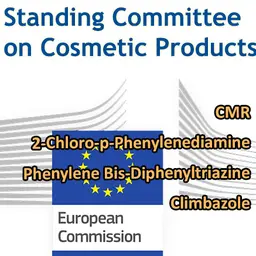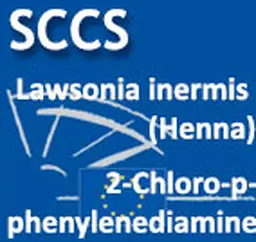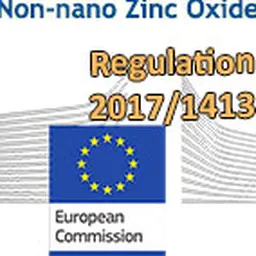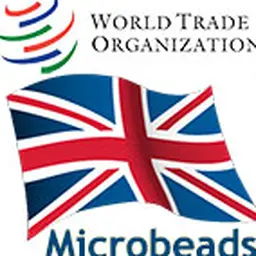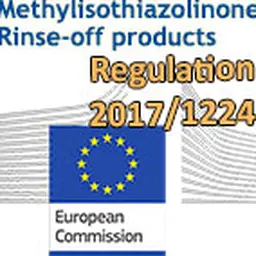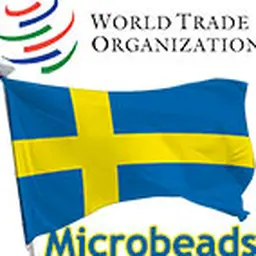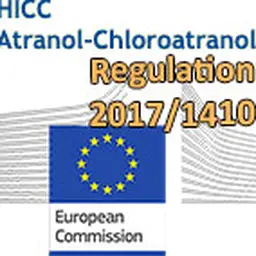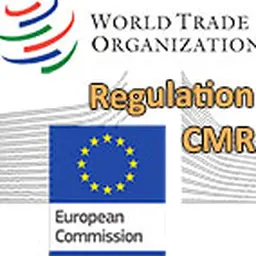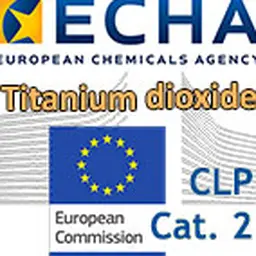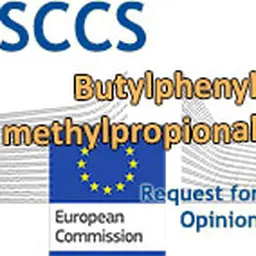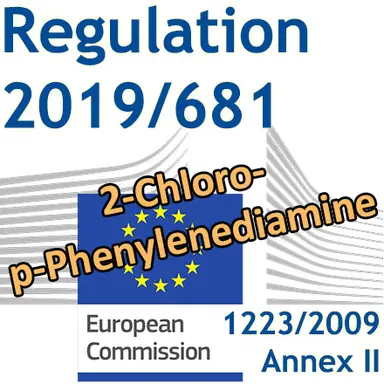
Regulation 2019/681 of 30 April 2019, published in Official Journal of the European Union on May 2 2019, includes 2-Chloro-p-Phenylenediamine, as well as its sulfate and dihydrochloride salts, in Annex II (Prohibited Substances) of Cosmetic Regulation 1223/2009. The ban will come into force as from 22 November 2019.
The whereas of Regulation 2019/681
The substance 2-Chloro-p-Phenylenediamine, including its sulfate and dihydrochloride salts, is used in formulations for colouring eyebrows and eyelashes in a maximum concentration of 4.6%. The Scientific Committee on Consumer Safety (SCCS) stated in its opinion of 19 September 2013 (‘the SCCS opinion’) that no sufficient margin of safety could be deduced for the use of 2-Chloro-p-Phenylenediamine in oxidative hair dye formulations for eyebrows and eyelashes in a concentration of maximum 4.6%. The SCCS further stated that it was not possible to give a conclusion on the genotoxic potential of 2-Chloro-p-Phenylenediamine based on the available data and the lack of a proper in vivo test for gene mutation induction. Therefore, the SCCS did not consider the use of 2-Chloro-p-Phenylenediamine safe for the consumer. The SCCS has subsequently clarified that it is of the opinion that sulfate and dihydrochloride salts of 2-Chloro-p-Phenylenediamine should be handled with the same caution as 2-Chloro-p-Phenylenediamine until proven to be safe, because they have the same core structure, including genotoxic potential, as 2-Chloro-p-Phenylenediamine. Moreover, the SCCS has clarified that the scope of the SCCS opinion and its conclusion can be extended to the hair on the head.
In light of the SCCS …

